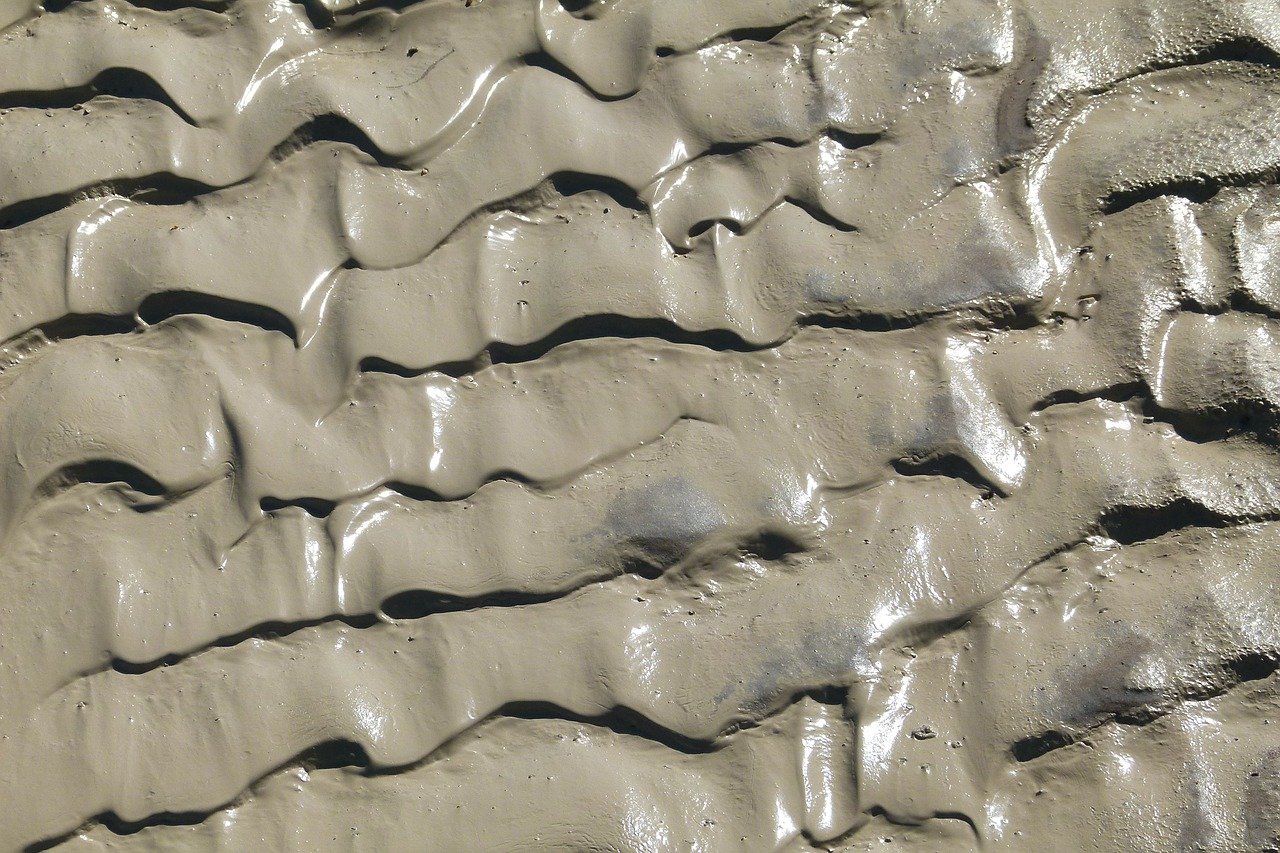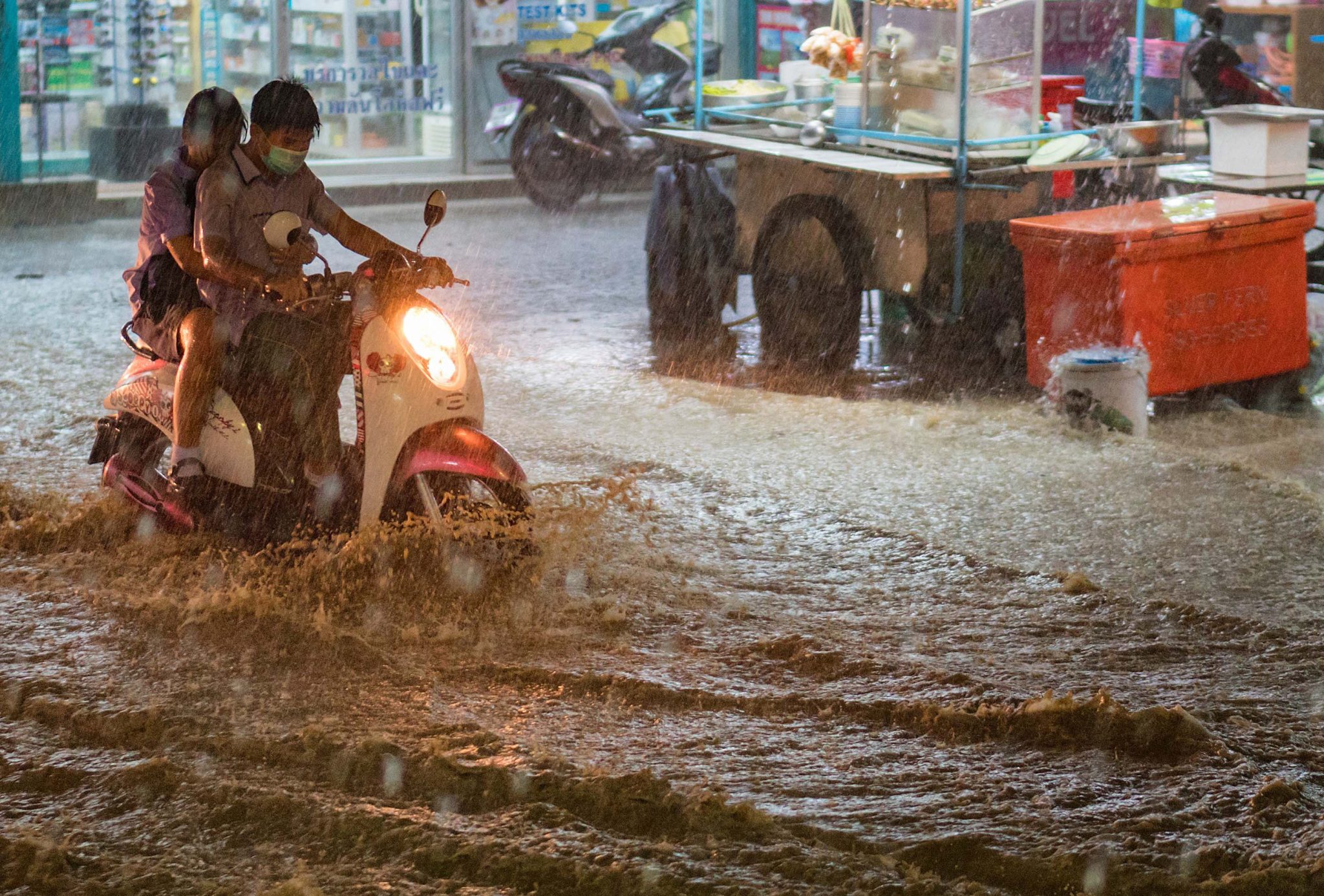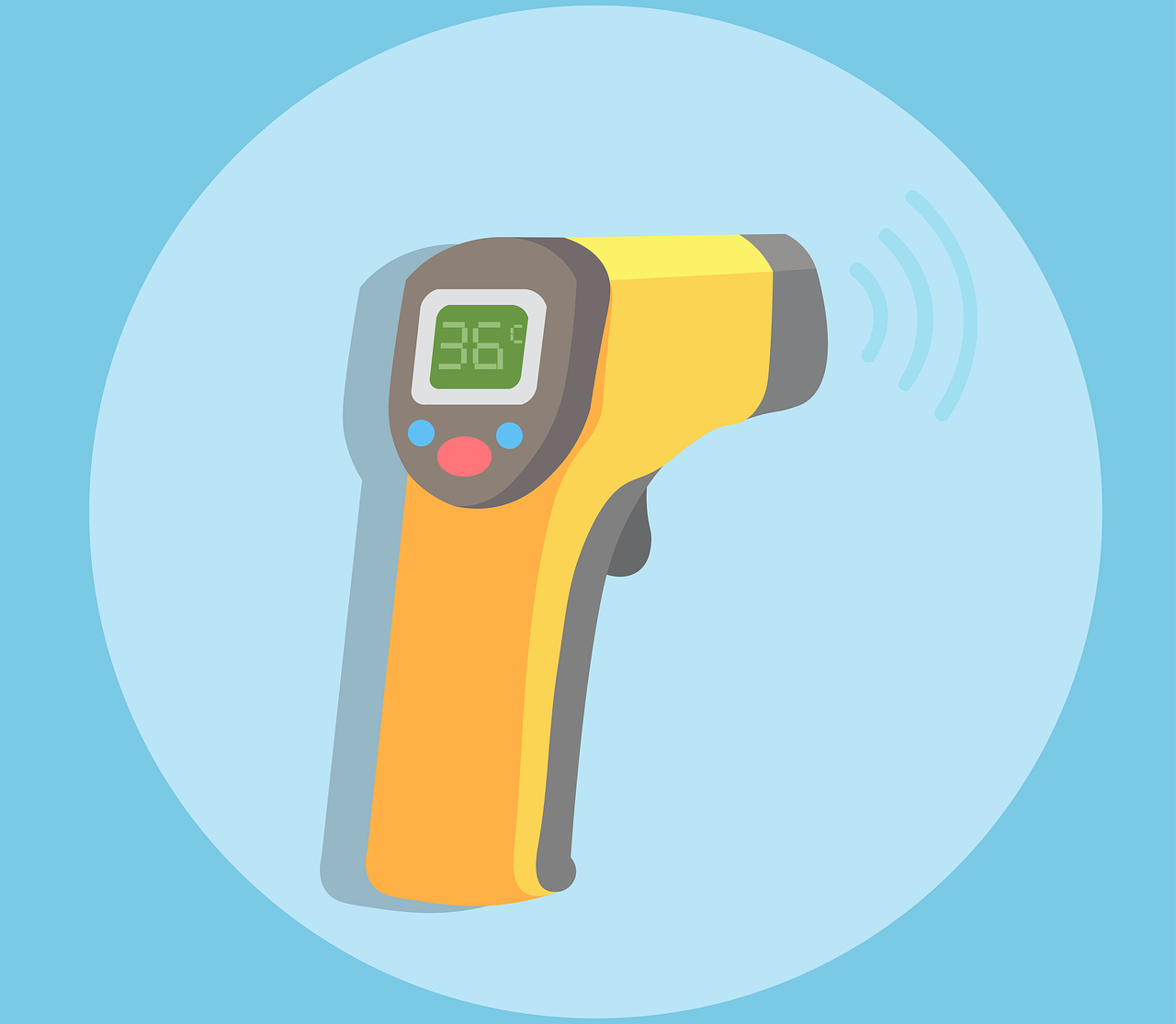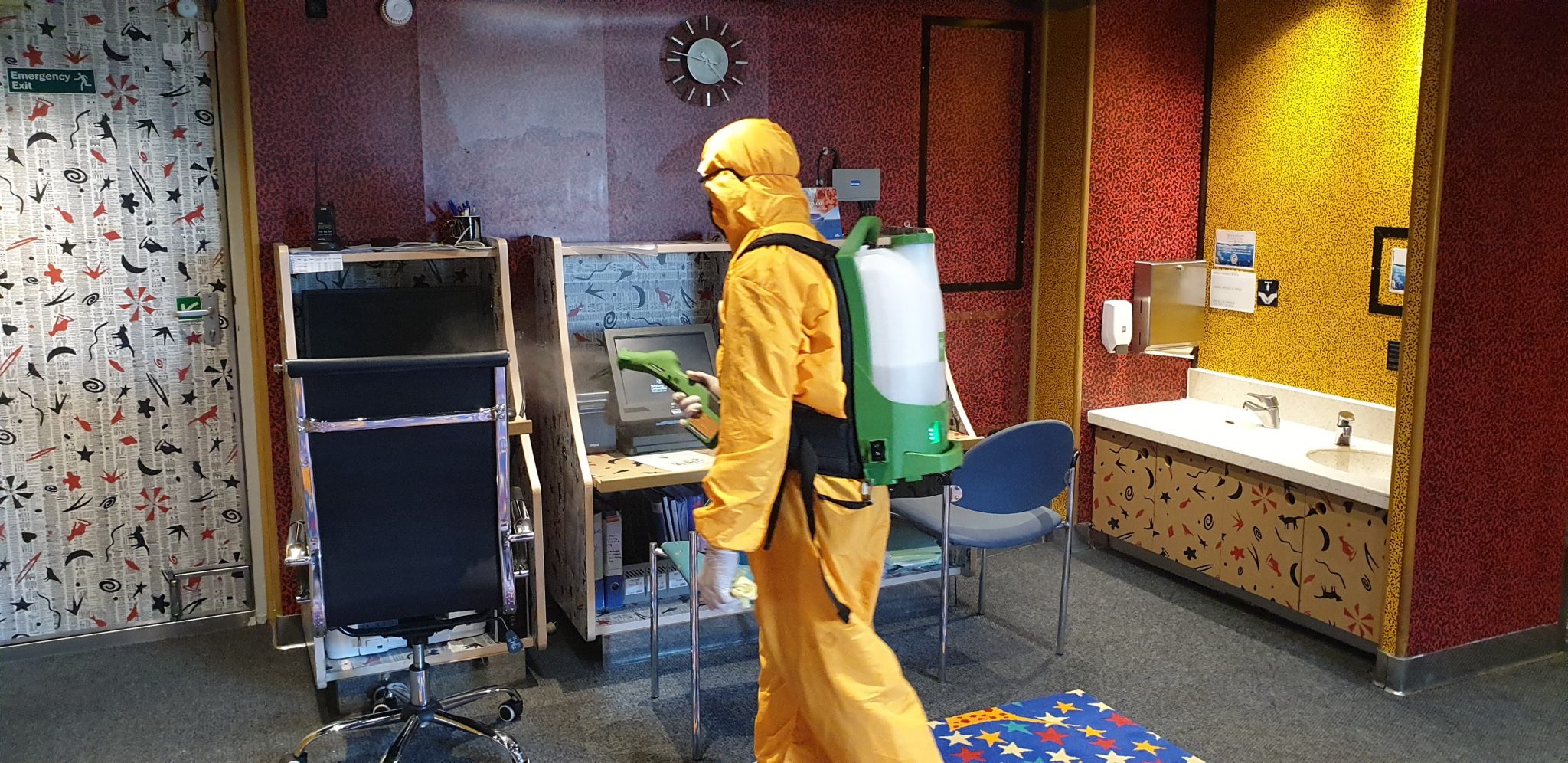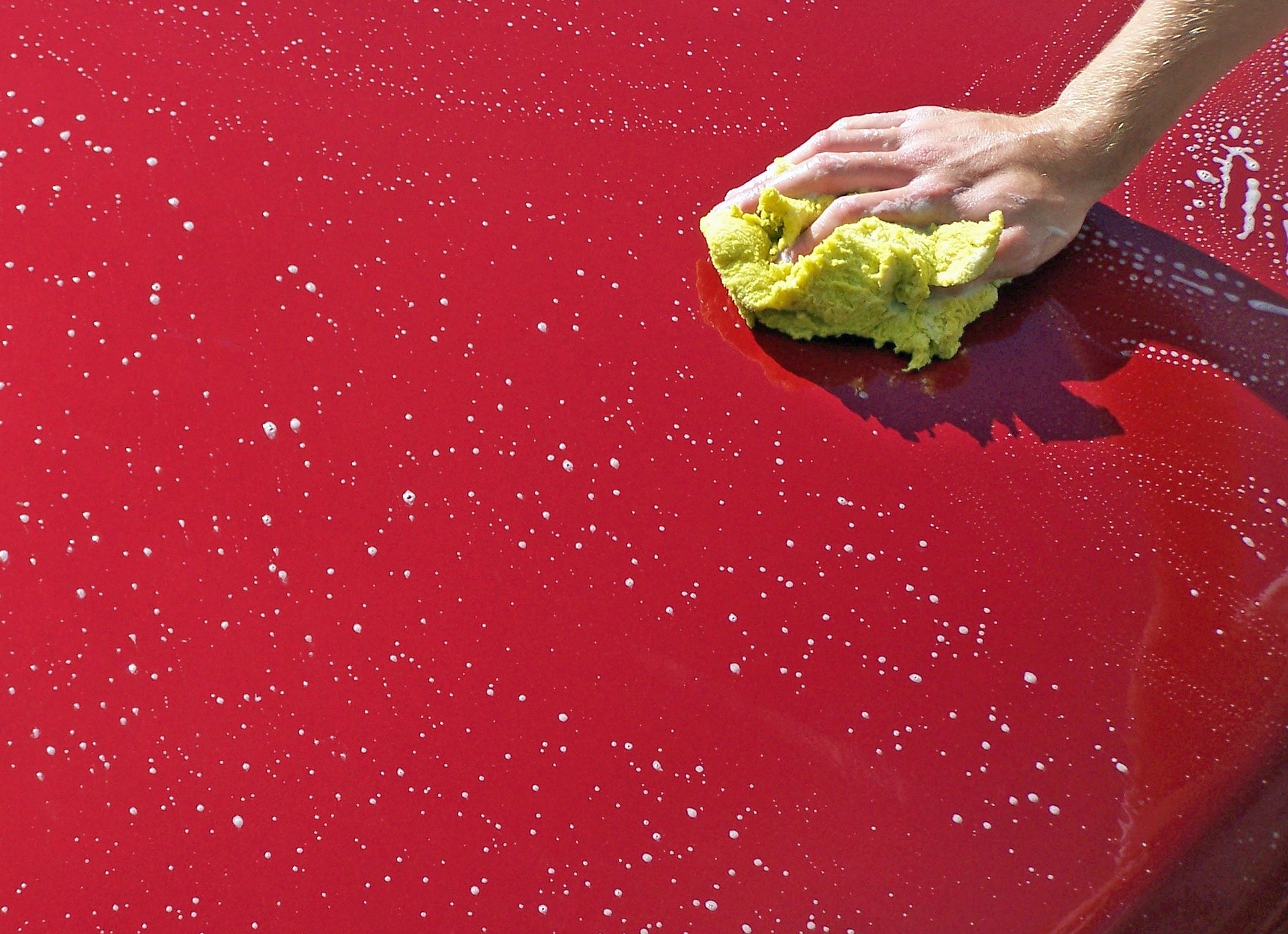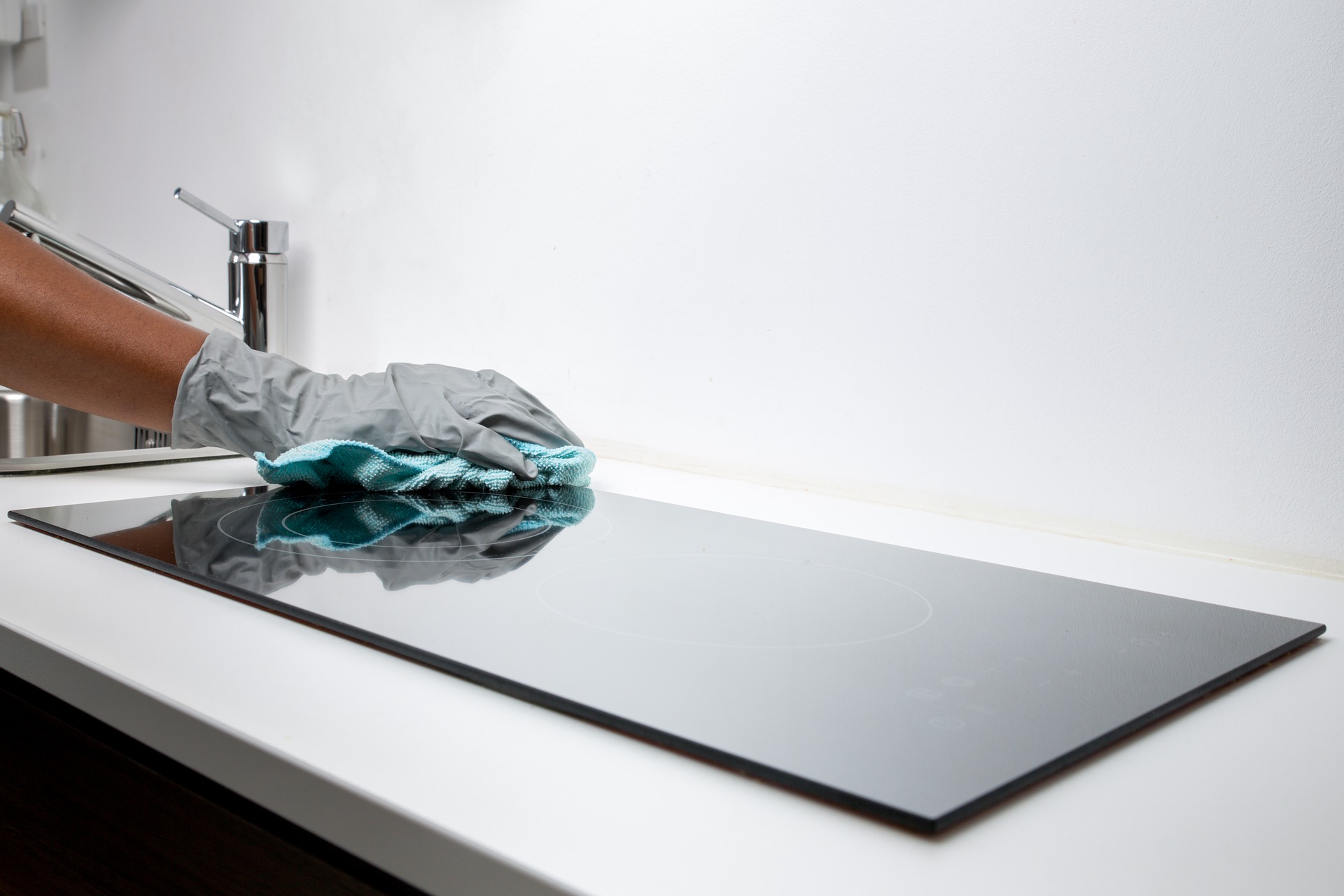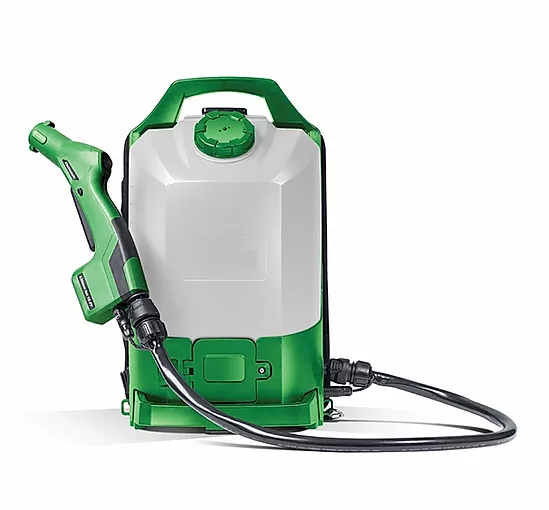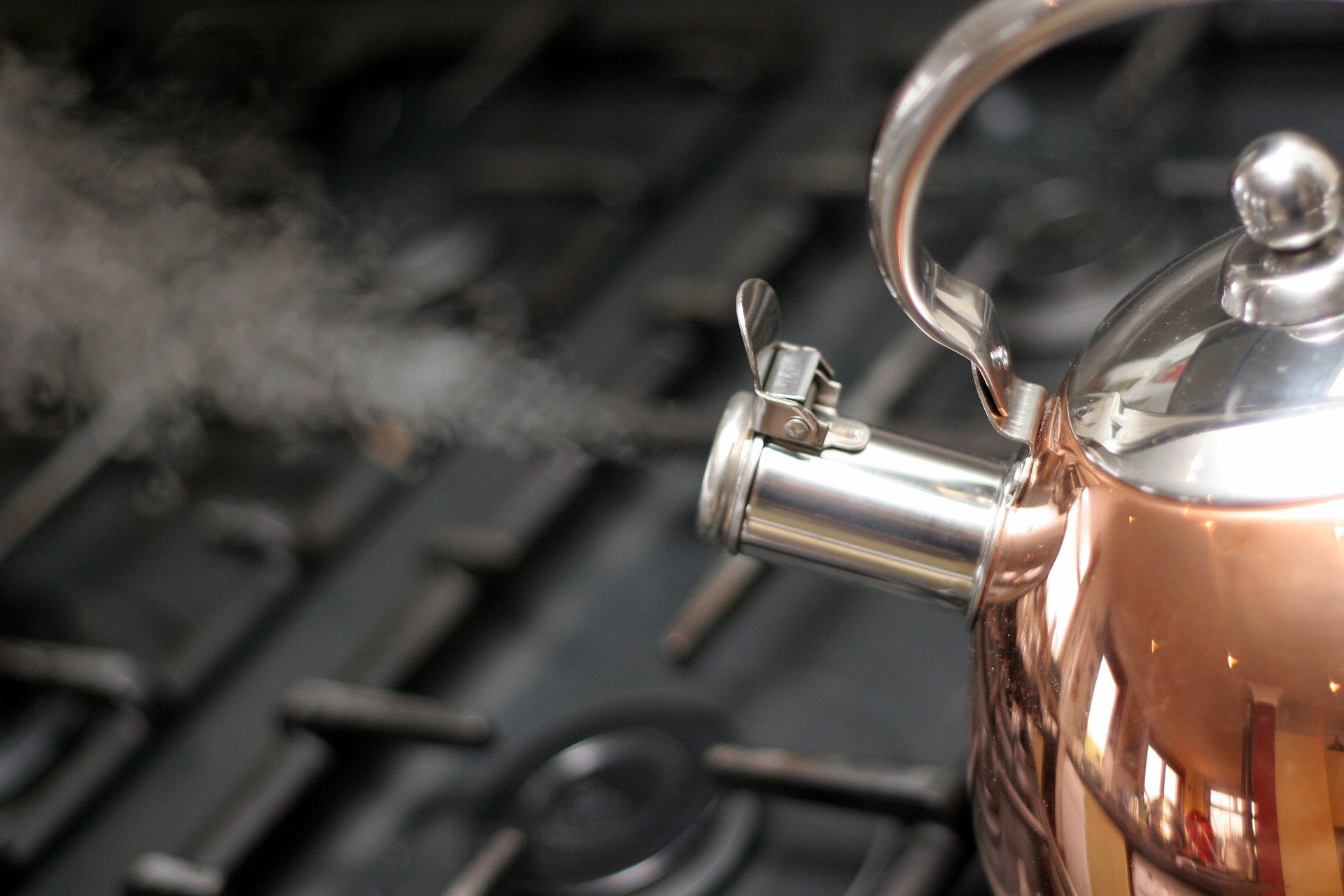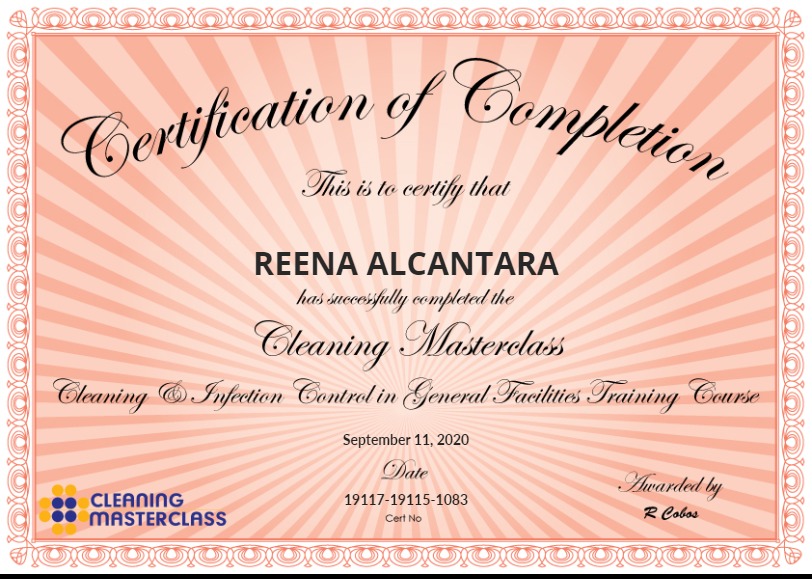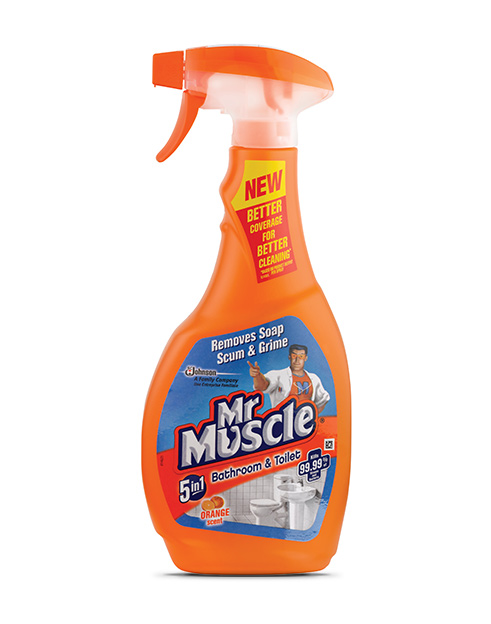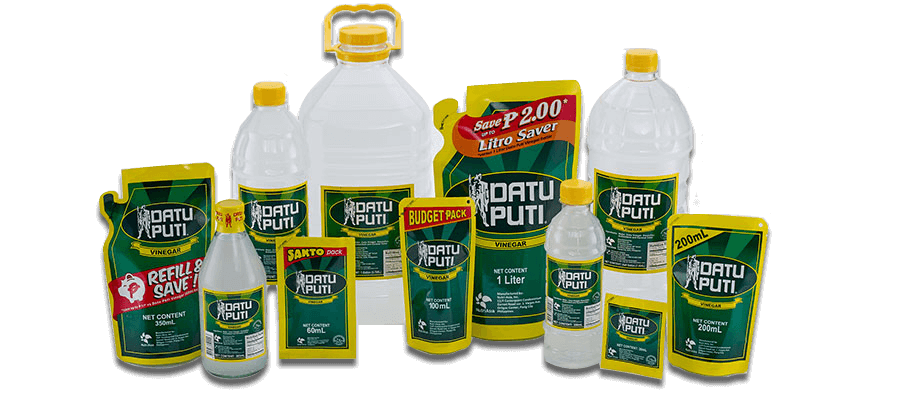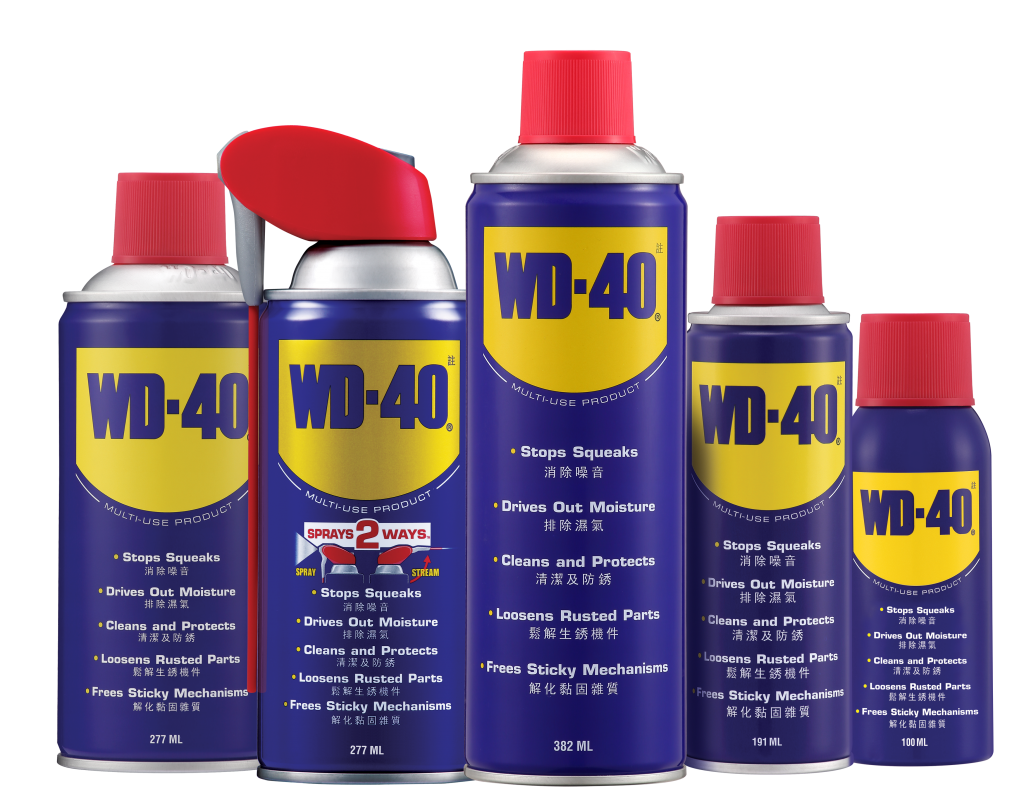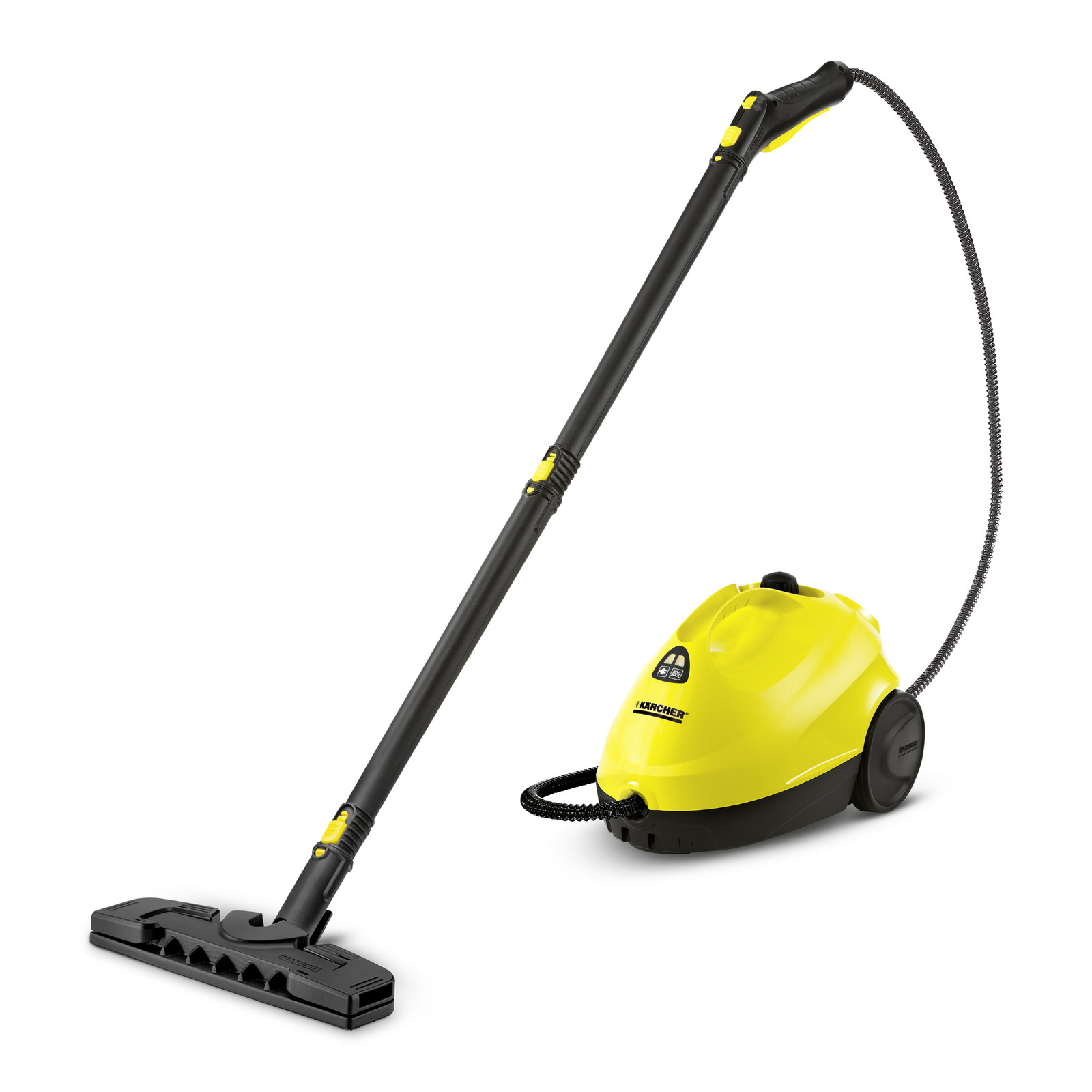5 Best K-Pop Songs to Listen to While Cleaning
5 Best K-Pop Songs to Listen to While Cleaning
Get in the groove cleaning your place with these 5 K-Pop songs that will surely get you moving, cleaning and disinfecting your place stress-free.
Doing a home cleaning chore doesn’t have to be a drag, cleaning while listening to great music will help you turn a chore into a dance party!
Need something cleaned?
1. NCT U 엔시티 유 ‘Make A Wish (Birthday Song)’
Top of our list is NCT’s “Make A Wish”. Start off slow as you sweep the ceiling and overhead cabinets for cobwebs. Sweep through the beat and next thing you know, you got the room covered. Always start on top and always be gentle so as not to strain your body while cleaning. Enjoy the beat and go ahead if you feel like dancing a little.
2. Red Velvet 레드벨벳 ‘Bad Boy’
Next on our list is Red Velvet’s “Bad Boy”. Let’s continue with the slow rhythm while sweeping or vacuuming the floor. Going slow with sweeping or vacuuming would mean making sure you are getting all those dust and “bad boys” down (pun intended).
3. NCT DREAM 엔시티 드림 ‘We Go Up’
Let’s get things moving faster with the next song, NCT’s “We Go Up”. This song will get you amped up and get you scrubbing walls and wiping counter tops like a DJ. After giving attention to your floor, time to go up back to table surfaces and kitchen sink.
4. TWICE “MORE & MORE”
Keep the energy flowing with our fourth song, TWICE’s “More & More”. Get some extra boost while you make the bed, fold those clothes and sheets, and getting your table organized. This song will get you cleaning “more & more”.
5. BTS (방탄소년단) ‘Dynamite’
Cool down and appreciate your work while listening to the last song on our list from BTS, “Dynamite”. After doing a hard work cleaning your place, after exploding your energy like “dynamite” to get things in order, you deserve doing a victory dance with this song.
Do you want to learn more on how CMDA Cleaning Services can help you, your family, or your office fight against COVID-19? Send us an email at inquiry@cmdacleaning.com, or call/text us on any number mentioned above.
Let’s all be well and healthy, wear a face mask, wash our hands frequently, maintain a 1-2 meter physical distance to non-family members, and stay at home if we can. Stay covid-free!

